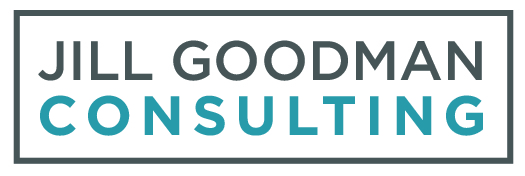The Normal School
We can learn a lot from tangential industries. Granted, schools are not retail establishments, car rental companies, or Silicon Valley innovators. Still, parents buy the product a private school sells and expect to receive the product they purchased, even though the buyer is not the consumer in this case. The student is the consumer of the product. It is a business with complicating factors, yet it is a business.
I am a fan of podcasts and listen to many. One of my favorites is At the Table with Patrick Lencioni. In the episode titled "Abnormally Normal," he and his team talk about how impressed they are with a clothing brand called The Normal Brand. The company's goal is to have normal clothes that normal people would wear to do normal things in life. Here's their vision, "We are dedicated to making the best product out there. We will always cater to you because we are you. We don't come with a designer agenda. We want Normal clothes to be better."
Impressive aspects of the brand for Patrick and the team are:
Clarity around purpose.
Confidence in that purpose.
Provide an outstanding product.
Excellent customer service.
Could it be that simple? Could a school pare down its offerings and focus on being the best school within a narrower mission? Would that define a Normal School?
Greg Bamford of Leadership + Design offers another fascinating perspective in his blog, "Your School is More Than One Thing." Greg posits that your school is many things to many people, and parents will choose a few of those things that meet their needs. The challenge is when teachers are prepared to teach students looking for X, and other teachers are prepared to teach students looking for Y. Conflicts arise that no one is well prepared to handle.
The poorly handled conflicts, interpreted as poor customer service, lead to attrition and negative word of mouth. When a school experiences several years of attrition, often the attrition surrounds two or three areas. Over and over, the school leaders hear the same kinds of complaints in parent satisfaction surveys and then in exit interviews. Because a relatively small number of people are complaining compared to the total student population, faculty and staff dismiss the complaints. Finally, when enrollment numbers have declined to a critical point, the board becomes concerned, and the board directs the Head to fix the problem.
Sometimes, schools stray too far from their mission, and sometimes, they cannot deliver well on the one they have. But, in every school, as Greg Bamford points out, and I see in my work with clients, parts of the school function exceptionally well. If the parents of 4th-grade students are consistently happy and have become brilliant ambassadors for the school, ask them what they love. Observe the teacher. Ask her about her communication practices, pedagogical toolbox, and how she sees each student's potential. What is this division head doing that the others are not?
Also, if parts of the school have become an enrollment Achilles heel, re-examine them. Student interest may have changed, the program leaders may need professional development, or they may no longer be the right fit at your school. Consider what is essential, what you want graduates to leave your school with, and how this program contributes.
There are always things that a school can do quickly and relatively easily to address enrollment retention challenges. But the exciting thing, the transformational thing, getting to the core of the thing takes a bit longer and is critical to the long-term viability of your school.
Which brings us back to the idea of the Normal School. I have always believed that for a parent to pay tuition, something has to be better than the local public school option. It won't be better for everyone, but in these ways, strive for better:
Better communication with parents.
Better program delivery.
Better attention to the needs and goals of each child and family.
Better course/program offerings within your school's mission.
Better opportunities for forming a community for both kids and adults.
The author, Jill Goodman, is a consultant working with independent school leaders to advance their school’s mission, enhance their processes, and bolster their skills. Learn more about all services here.
Photo by Khurt Williams



